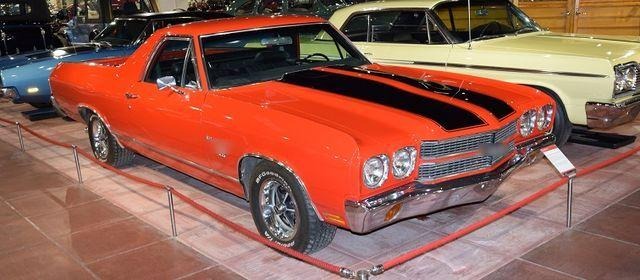This model, belonging to the second generation of production, is distinguished by a significant body redesign that includes tapered front fenders and a curved beltline.
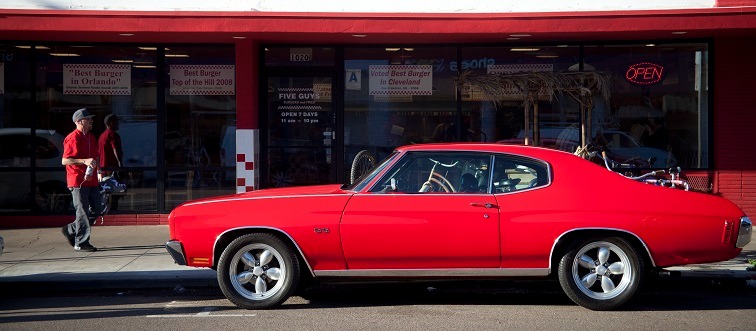
The standard 454 option was rated at 350 hp, but it could be upgraded to the LS6 version with 450 hp. With only 4,475 LS6 Chevelles ever produced, this model is a prized find for collectors.
How did the final year of this classic's first generation run contribute to the necessary improvements for inclusion in the Trans-Am Racing Series?
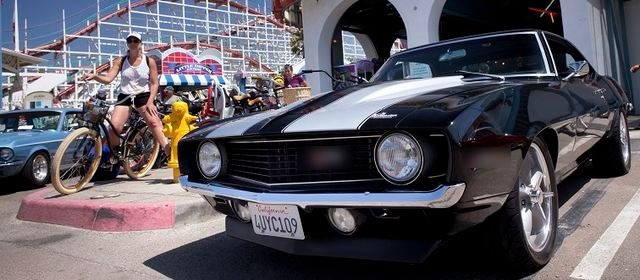
This modified racing version of the Chevrolet Camaro featured a solid-lifter 302 V8 engine, power disc brakes, a 4-speed transmission, and two distinctive racing stripes extending all the way to the trunk.
This model is just as popular as ever, and can still be bought for around $150,000.
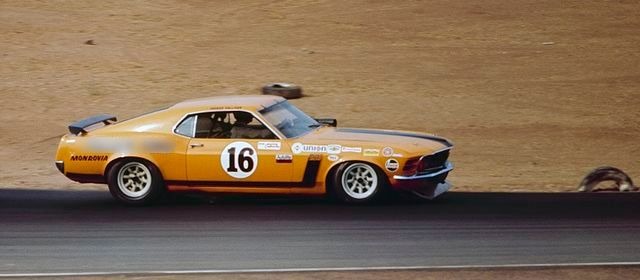
The Mustang remains incredibly popular today. Although the original Boss series was produced for just two years, it made a comeback in 2012 as part of the Trans-Am Racing Series.
How did this car originally begin as an option package for another model, and what body styles were available, including two-door coupe, hard-top, and convertible?
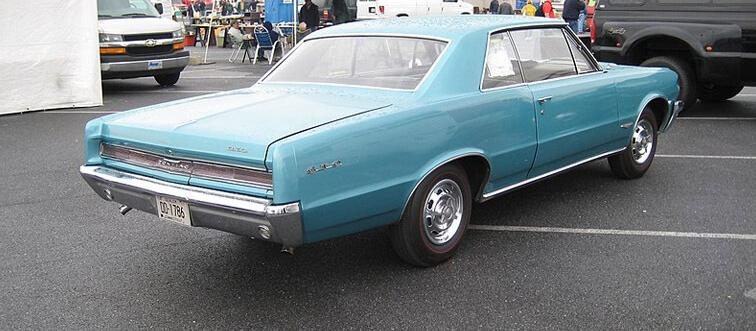
The Pontiac GTO Tri-Power initially started as an option package for the Pontiac Tempest but soon gained popularity and developed its own identity. By 1966, it had become so popular that it was released as a standalone model, continuing production in that form until 1971.
How many times was the sunroof option ordered for this model, given that it was included as an option?
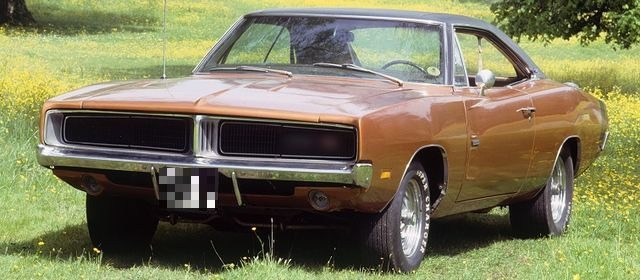
The 1969 Dodge Charger featured a sunroof option, a new grille and center divider, longitudinal taillights, and a unique trim line that set it apart as a special model.
What standard features did this classic muscle car include, such as its 350 horsepower 455 cubic inch V-8 engine and 510 pounds of torque?
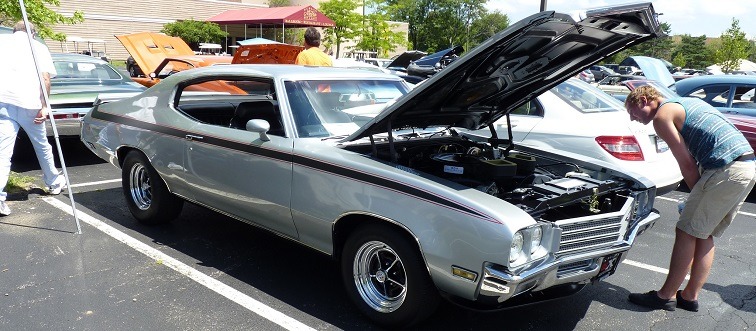
The 1971 Buick GSX marked the company's inaugural venture into high-performance cars. While its standard features were impressive, initial sales figures were disappointing. Nevertheless, it has since gained recognition as a classic among car enthusiasts.
How did the name of this classic car convey its status as the best in its class to consumers?
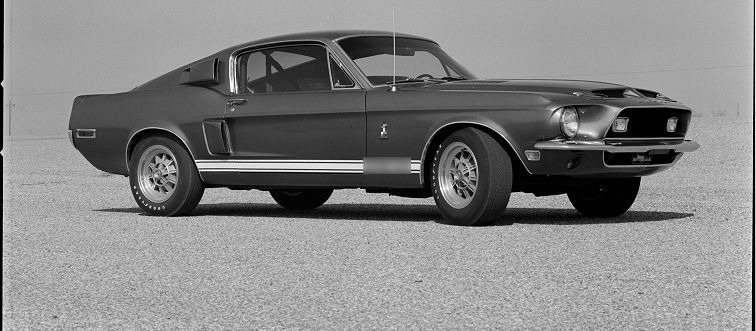
The KR, which stands for "King of the Road," was an advertising strategy designed to communicate that this was the most powerful Mustang ever produced. Additionally, as the final model in the Shelby line, it has become exceptionally rare and valuable in today's market.
